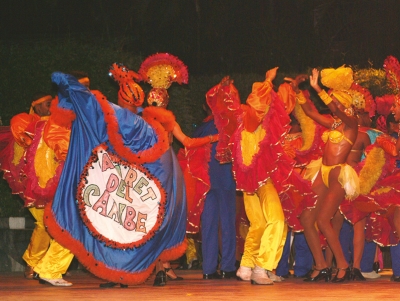
Tropicana Santiago Cabaret is a beautiful space that combines elements of culture, nature and architecture with blacksmithing, gable roof and stained glass in its lobby of great beauty, typical of the culture of Santiago. It offers a show of luxury under the stars composed by lights, colors, crystals, water, vegetation and music as well as the performance of dancers, singers and musicians.
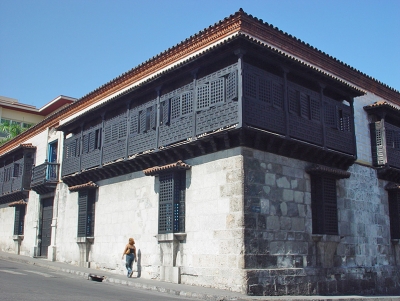
Its construction dates from 1515. It is considered the oldest building in Cuba. In the sixteenth century it served as a contracting house and also for the establishment of a gold and silver foundry. The walls, the ceilings, some doors and the casting furnace are original. It is currently the headquarters of the Museum of Cuban Historical Environment and hoards the most complete collection of furniture in the country.
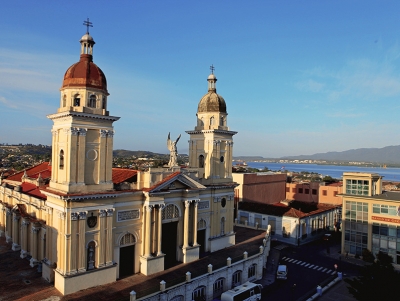
The Metropolitan Cathedral of Santiago de Cuba is one of the oldest on the continent. It was rebuilt in 1922, hence its current image responds to the eclectic trends of the moment. It houses the Ecclesiastical Museum of the city.
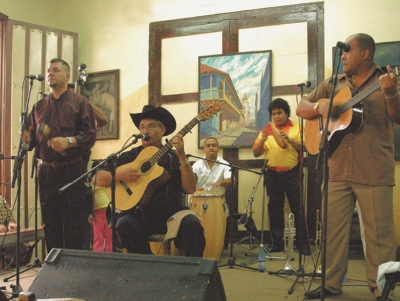
It is one of the symbols of the city of Santiago de Cuba, where bolero and son were born. Located in an old mansion on Calle Heredia, near Parque Céspedes, it is a place for mandatory attendance to old and new Trova Singers. Among its most illustrious visitors is the former Beatle, Paul McCartney, who spent a good part of his stay enjoying the charms of the place on a short trip made to Santiago de Cuba.
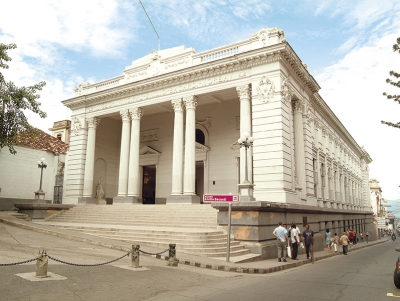
It is the first institution of this type opened in Cuba, in the year 1899. It treasures valuable samples of the pre-Columbian culture, national art and Cuban history, among these, a tailcoat that belonged to the Cuban National Hero, José Martí, and personal items of the Father of the Nation, Carlos Manuel de Céspedes. Its creator and promoter was Mr. Emilio Bacardi.
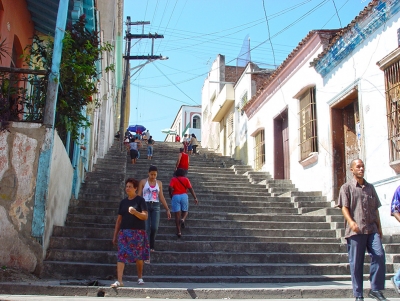
Padre Pico street is, without question, one of the best known streets in the city. It constitutes a natural lookout par excellence and it is the only stepped street in Cuba. In addition, it sets the boundary between the high and low areas of Santiago de Cuba and reaches the neighborhood of Tivoli, main stage of the famous Santiago carnival.
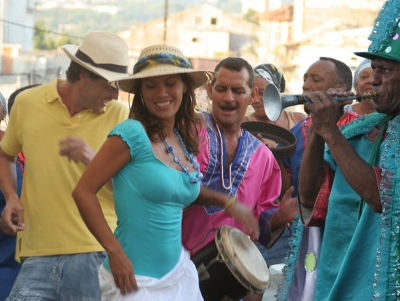
Among the most popular celebrations, it is the Carnival of Santiago, which had its origin in a religious procession that every July 25th was organized by the ecclesiastical authorities, in honor of the patron saint of the city, Santiago Apóstol. Under the influence of French immigration of the eighteenth century, this party would become into the famous carnival of Santiago citizen. This celebration coincides with the Fire Festival that takes place there every year, an event that involves the whole city in a real revelry, and turns it into a living sample of the most dissimilar cultural manifestations of the region.
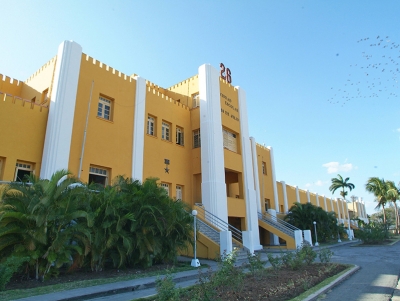
It is located in the former Cuartel Moncada, a military fortress assaulted on July 26th, 1953, by a group of young revolutionaries led by Fidel Castro Ruz. The action marked the continuation of the independence struggle started on October 10th, 1868, and launched the last stage of the struggle for national liberation. The museum shows personal objects of the Moncada assailants, part of the weapons used and photographs of the historic event.
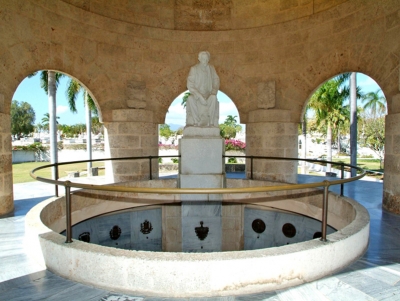
One of the most important funerary monuments of Latin America and the Caribbean is the Mausoleum of the Cuban National Hero, José Martí, which is located in the cemetery of Santa Ifigenia. This Cemetery was founded in 1868, where the remains of the Father of the Nation, Carlos Manuel de Céspedes were laid to rest.
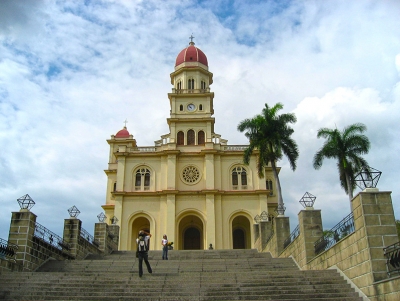
The sanctuary of the Virgen de la Caridad del Cobre, patron saint of Cuba, is located only 18 km from the city center, in the mining town of El Cobre, founded in 1830. The Basilica rises on a gentle hill and it preserves, in specially designed showcases, offerings of the most diverse origins, among them the medal that the writer Ernest Hemingway received for the Nobel Prize for Literature in 1954. The Virgen de la Caridad del Cobre was crowned by Pope Juan Pablo II, in 1998, during his trip to Cuba.
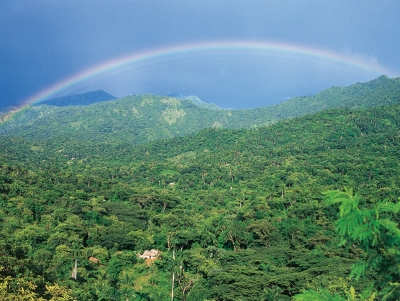
Sierra Maestra National Park has about 38,000 hectares occupied in areas of Santiago de Cuba, Granma and Guantanamo provinces, ideal scenario for mountaineering enthusiasts, since this is not only the highest elevation of the Island, the Turquino Peak (1 974 m.), but also the peaks Caracas (1 000 m.) and Magdalena (500 m.), equally appropriate for this activity. There is a particular interest in visitors to the place known as El Saltón-Cedrón, suitable for ecotourism and health tourism.

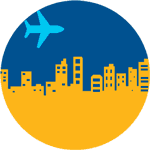
We are looking for the best deals for you.
It may take a few seconds...